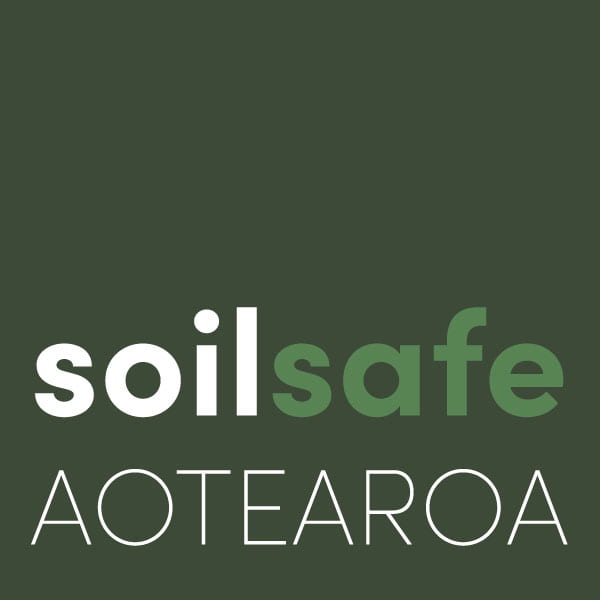Soil testing.
You and your garden soil could be even better acquainted.
We offer a free service to anyone in Aotearoa who is interested in knowing the concentration of lead and other metals in the soils around their house and garden. Please send us your samples, and we will screen them and send you a report about the metals in your soil. Instructions on how to collect and send in your samples can be found below.
About Soilsafe Aotearoa’s free soil testing.
Do you ever wonder what metals are in your soil? The soil in your home is important for recreation, gardening, growing food and making your neighbourhood green. All soil contains many different metals (such as lead), as well as a variety of elements, minerals and nutrients. These occur naturally and are an important part of what makes our soil so valuable. By being a part of this project you can find out the levels of lead and other metals in your soil.

How to submit your soil samples.
Collecting your soil samples is easy. Check out the video above and/or the info below for how to collect, pack and send in your samples to us for screening. If you require any further assistance or have any questions please get in touch. Click the button below to view the information sheet and consent requirements (you will have the chance to read and agree to the consent conditions in the soil submission form).
Step 1.
Enter your email address to receive your unique sample ID in a confirmation email. If you do not receive this, please check your junkmail or other inboxes. If you continue to have trouble, please take a look at the FAQs at the bottom of this page or contact us here.
Step 2.
Use the diagram to identify up to 5 sample areas around your home. You can alter the sites based on the layout of your home and/or include additional areas of interest.

Step 3.
Label one resealable bag for each sample with the following information:
– The unique sample ID you receive in your confirmation email followed by the sample letter assigned to that site (A, B, C, D, or E).
A – front garden
B – dripline
C – back yard
D – vegetable garden
E – wildcard (choose an area you’re interested in)
– The name of the area the sample is collected from (e.g. front yard, vegetable garden).
– The date collected.
Your bag should be labelled as per the illustration. Please use non-compostable/non-biodegradable bags as otherwise they may begin to break down before testing.

Step 4.
Collect your samples using a trowel or other tool to collect a cricket-ball-sized amount of soil at each location. Try to collect from the top 5-10 cm of soil. Bag up your soil samples by location and seal them up tight.
Please double-bag your samples.

Step 5.
Fill out the domestic soil submission survey by clicking the button in your confirmation email. Here you will include any additional details on the samples you have collected, along with some information about the property itself.

Step 6.
Pack and send all of your samples by placing them carefully in a bag/box and posting them to the address below:
Soilsafe Aotearoa
c/o School of Environment
Private Bag 92019
Auckland 1142
Once your samples are sent off, you can await your results! You can read more about receiving results below. If having your soil returned to you is important, we can arrange that for you.

Results from your soil test.
Within 8 weeks of sending us your soil we will email you a report showing some metal levels in your soil. We will also include links to helpful resources and the government guidelines for metals in soils to help you understand the levels in your garden. The results from your test help you understand your garden and help New Zealand by growing a picture of metals in soil around the country.
Frequently asked questions.
Q: How much soil do I need to send?
A: An ideal sample size (per sample) would be approximately the size of a cricket ball. This will easily fit in a zip-lock bag. If you have small zip-lock bags the sample should take up approximately half of the bag.
Q: What is the turnaround time for Soilsafe Aotearoa soil testing?
A: We strive to provide a fast turnaround time (8 weeks) for our participants.
Q: Where do I send my soil samples to?
A: You can send your samples to Soilsafe Aotearoa, c/o School of Environment, Private Bag 92019, Auckland 1142
Q: What is the dripline sample?
A: The dripline is any point where water from your roof meets the soil. This can be a useful area to test as it represents the accumulation of lead and other metals over a large, flat area (your roof).
Q: Are my results normal?
A: We will provide you with the median values obtained so far in New Zealand to compare your results against.
Q: How do I get my results?
A: The results of your soil test will be emailed to you. Keep an eye on your junk inbox as sometimes the email can be found there. If it has been 8 weeks and you have not received an email, please contact us here.
Q: Which metals are you testing for?
A: We screen for arsenic, copper, lead, and zinc.
Q: I have several properties am I able to submit 5 samples from each?
A: Yes! You can submit samples from multiple properties but please make sure to generate a unique sample ID for each property. You can do this by re-entering your email address on the Soil Testing page.
Q: Do you test my soil’s pH and/or for nutrients like nitrogen and phosphorous?
A: Unfortunately, here at Soilsafe Aotearoa we only test your soil for trace metals as testing for pH and nutrients is outside the scope of our programme. However, if you are interested in learning more about these aspects of your soil there are various kits available from gardening and hardware stores which let you do this at home.
Q: Do my soil samples need to be dry?
A: Yes, ideally the samples you submit should be relatively dry so that you receive the most accurate results.
Q: How do you analyse my soil sample?
A: Your soil arrives in the post and is delivered to our chemistry labs. Here, a technician sorts your various soils and measures each one using a technique called portable X-ray fluorescence spectroscopy – or pXRF for short. See below for more about the technique. The results of the measurement come up on the screen of the attached computer, showing the levels of metals in your soil. We export this data into an individualised report that then gets emailed to you. The whole process takes approximately 20 minutes altogether.
Q: What is X-ray fluorescence spectroscopy (XRF)?
A: A technique in which the characteristic X-ray spectrum of your soil is produced by using X-rays of short wavelength from a X-ray source. This induces your soil to fluoresce and emit secondary X-rays of a longer wavelength. Each metal emits unique secondary X-rays meaning the metal type and the metal concentration in your soil can be measured. The photons generated by this process are collected in the instrument detector, before the information is passed through a digital signal processor to the computer. The concentration of each metal in your soil is determined by comparison against standards using a software package. The performance of the instruments are regularly checked against standards from the National Institute of Standards and Technology (NIST).
